How to Attract Birds to a Feeder in Your Yard

By Erin Lindholm
When it comes to choosing a bird feeder for your yard, one size does not fit all. Hummingbirds, for example, drink sugar water nectar from feeders designed for their slender beaks, while insect-hunting birds (such as jays, nuthatches, woodpeckers, and wrens) love suet cakes. Many types of birds enjoy feeders filled with loose seed and assorted fresh fruit, too. First things first, however—to feed the birds, you have to attract birds, which is all about setting up the right outdoor environment and having a little patience.
Whether you’re an enthusiastic backyard gardener wanting to attract more birds to a feeder or you’re installing a bird feeder for the very first time, this guide will set you up for success. In addition to covering the most common types of bird feeders and bird feed, we’ll share hacks for bringing birds to your yard.
Photo via Recreated Designs
Types of Bird Feed
Different types of birds feed on different types of bird food. Avid backyard birders often try to provide a “bird buffet” of sorts, putting out multiple types of feed to entice different kinds of local birds, whether in multiple feeders or in feeders that have numerous spots to place different feed types.
These are some of the most common types of bird feed and which bird varieties are drawn to them:
- Seed Blend High in Millet: A seed blend mixed with a high ratio of this coarse grain appeals to ground feeders, such as doves, sparrows, and juncos. Scatter a couple of handfuls every time you top off an elevated bird feeder or use it in a ground-feeding tray.
- Seed Blend With Some Millet, a Variety of Seeds: This type of seed blend has the broadest appeal to both ground birds and birds that prefer to perch on a hanging or elevated feeder. Use this seed blend to refill feeders or sprinkle it on the ground. (Birds on the elevated feeder invariably help out here, sprinkling seeds and millet down as they work on getting their own snack.)
- Mixed Seed Blend: All-seed blends (no millet) entice birds that feed high in the trees, such as chickadees, nuthatches, and titmice. Black-colored oil sunflower seeds, stripped sunflower seeds, and safflower seeds make for a tasty blend.
- Suet Cakes: Suet logs or suet cakes are basically a formed shape of nuts, seeds, sometimes dried fruit, and peanut butter, and are mixed with a fat (like lard or beef fat) that holds it together. Hang suet cakes year-round—your winter birds will thank you for the accessible calories! Many bird feeders come with a small wire cage meant to hold a suet cake. You can also hang them from a tree—just make sure it’s high enough off the ground so that it’s out of reach to any pets or wild critters.
- Fresh Fruit and Nectar: It only makes sense that birds that forage for berries and fruit in the wild also enjoy fresh fruit that you put out in the yard. Birds including orioles, robins, thrashers, thrushes, and catbirds can eat any fruit that people eat, but they especially favor citrus and berries. As previously mentioned, hummingbirds require their own nectar feeder.
What About Finches?
Types of Bird Feeders
Aesthetic styling aside, there are a few basic types of bird feeders used to present the different types of bird feed described above. Attract more birds to your yard with one of these types of bird feeders:
- Hanging Tube Feeders: Bird seed fills the cylindrical tube of this style of feeder, which is often made of sturdy clear plastic or plexiglass so it’s easy to see when the feeder needs to be filled up. Perches and small holes to access the seed (called feeding ports) are spaced along the vertical height of the feeder so multiple birds can visit at a time.
- Elevated Hopper Feeders: Often designed in the shape of a little house, hopper feeders hold a large quantity of bird seed inside the “house” that visiting birds access via the platform at the base of the feeder. Gravity helps disperse seed from the hopper holding area onto the platform. Hopper feeders come in both hanging and pole-mounted designs.
- Elevated Platform Feeders: Platform feeders work best for bird seed, suet, or fresh fruit. The distinction of this feeder from the others above is that it’s an open-air platform without any walls. There are pros and cons to a platform feeder: It holds all types of bird feed and will attract all types and sizes of birds. However, the feed sits out in the elements and will get wet when it rains, which can create a mess on the ground underneath.
- Ground-Feeding Trays: Ground-feeding trays cater to birds that prefer pecking away down low. An easy DIY project, they’re great for attracting birds in the winter when ground food sources are scarce or buried under snow.
- DIY Bird Feeders: Don’t think you have to buy one of these types of bird feeders to attract more birds to your yard—there are DIY opportunities galore to build your own bird feeder using repurposed materials, like from a wine bottle or scrap wood.
Photo via Craft Invaders
How to Attract Birds to a Feeder
It may take days—or even weeks—for your local feathered friends to discover the new feeder in your yard. In the meantime, there’s plenty you can do to help attract birds your way. You’ll have regular visitors before you know it.
Keep Bird Feeder Location in Mind
A visible, but sheltered, location is key. Birds often locate their food by sight; make sure it’s somewhere out in the open where they can find it. Plus, installing your bird feeder near a backdrop of greenery (shrubs, bushes, trees, bird-friendly flowering annuals and perennials) helps birds to feel safe and sheltered while stopping by for a snack.
Make Sure the Feeder is Well-Equipped
It should have several perches or platforms and the right-sized feeding ports for the type of seed it’s harboring.
Sprinkle Seed Around
This includes on top of the feeder, on the ground underneath the feeder, and on any nearby surfaces or platforms. Yes, some of this seed will be gobbled up by chipmunks, squirrels, and bunnies, but it will help get the message out to your local birds.
Create a Bird Haven
Besides access to food, habitat is one of the most important factors in drawing birds to a bird feeder. Turn your outdoor space into a bird-friendly haven with native plants, fruit-bearing trees and shrubs, and evergreen trees and bushes. These all support birds’ foraging, roosting, and nesting needs.
Install a Bird Bath
A bird bath is sure to pique the curiosity of your local birds, which means they’re likely to discover a feeder in the same vicinity.
Consider Where Seed Will Fall
Bird feeders are invariably a bit messy, so make sure there’s enough open space under the feeder for some seed bits to fall to the ground—and not, say, falling into a pretty window box or into bird bath water.
Keep Fresh Seed Stocked
Understandably, damp, wet, or stale bird feed doesn’t have the same appeal. Keep an eye out for any indications of mold or moisture as well as signs of insects. It never hurts to start over with fresh seed if you’re unsure of the quality of what’s currently in the feeder or if the birds seem to be ignoring it.
Move Feeders
If your local birds are accustomed to visiting other bird feeders in your yard and you’re not having success with the new feeder, get them to test out the new addition by temporarily removing the bird feeders they’re familiar with. Once they’ve adjusted, it’s fine to return all of the feeders to the yard—they’ll know what to do.
Track Birds
Keep track of what sorts of birds you see locally, and when. It’s natural that different types of birds will come and go over the course of a year. If you’re not seeing the number of bird visitors you’d hoped for, it is possible that some may have started to migrate already. There are times that you’ll have fewer birds in your yard, generally, but they’ll be back!
Do you have a bird feeder that successfully brings in birds of all kinds? Let us know about it in the comment section below!



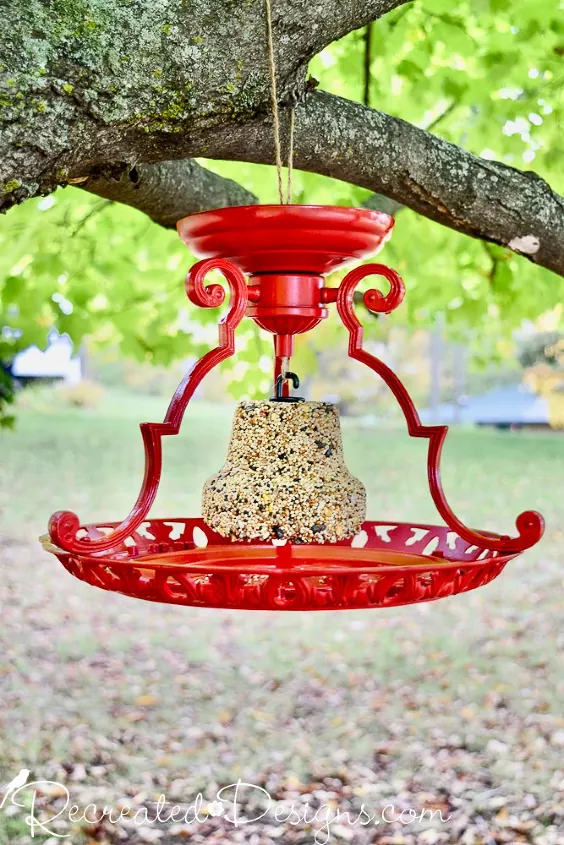

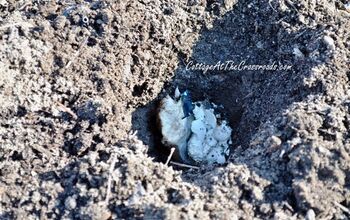
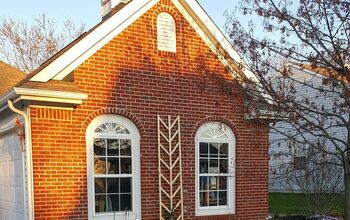

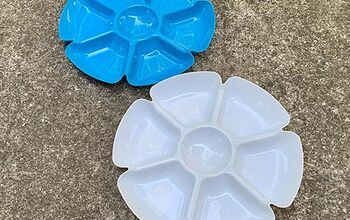

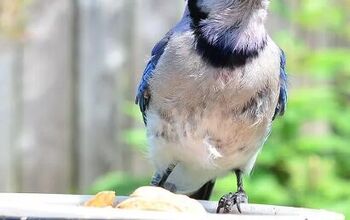
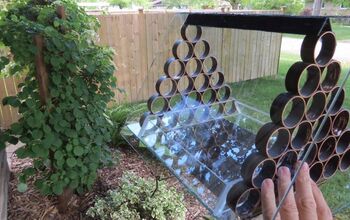
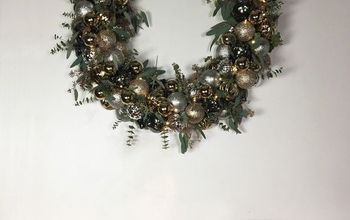

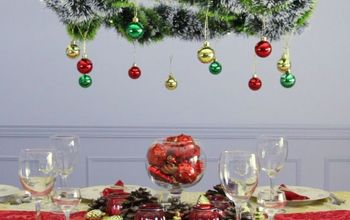



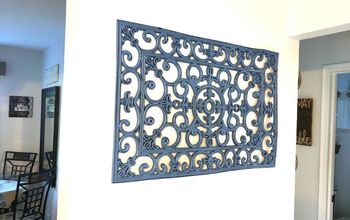


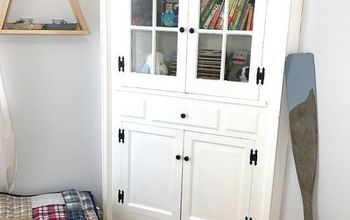

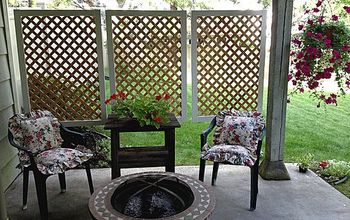

Frequently asked questions
Have a question about this project?